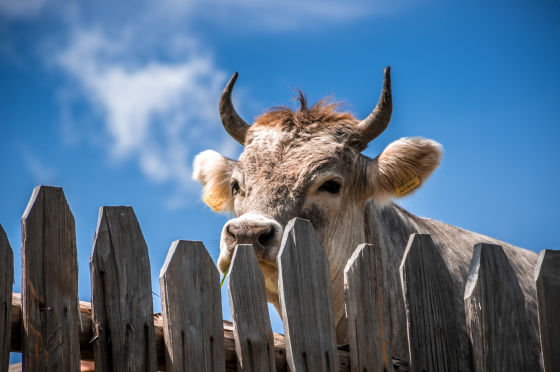Cattle with bacterial genes are accidentally created

by
When I tried to create a “hornless bull” by gene editing, it turned out that the DNA sequence of the bacteria was accidentally inserted into the genome of the cow. The company that edited the gene did not notice this, and it was said that several offspring were produced from the bull sperm.
Template plasmid integration in germline genome-edited cattle | bioRxiv
https://www.biorxiv.org/content/10.1101/715482v1.full
Part cow, part… bacterium? Biotech company makes heifer of gene-editing blunder | Ars Technica
https://arstechnica.com/science/2019/09/part-cow-part-bacterium-biotech-company-makes-heifer-of-gene-editing-blunder/
A biotechnology company called Recombinetics, based in Minnesota, USA, developed Holstein without horns by gene editing. Because bull horns can hurt other bulls, there are many farmers who excise, but the work was considered very troublesome. In 2015, “Spotigy” and “Buri” cows without horns were born, and Recombinetics reported that gene editing was successful.

by
As the father of the two cows, Buri succeeded in giving birth to 17 children, and sperm was exported to Brazil as a “hornless cow”. However, in 2019, the US Food and Drug Administration (FDA) discovered that the Buri gene contains a bacterial gene.
Recombinetics used a machine used for bacterial gene editing during Buri gene editing. This machine uses an enzyme called “TALENs (TAL effector nuclease)” that excises the target genetic code, and the target code can be inserted into the excised part. The researchers created Buri by putting the genetic code of the varieties without horns in the excised part.
The standard method used by plasmids was used for gene insertion with TALENs. Plasmids are present in the cytoplasm of bacteria and yeast, and are usually finished when TALENs insert the desired code. However, in the case of Buri, the plasmid itself is left in the Buri genome next to the bullless code. As a result, Buri's genome has a plasmid DNA sequence and inherited the antibiotic resistance of the plasmid. In addition, at the time of writing the article, it is said that this antibiotic resistance has no effect.

by Spaully
It's a problem that cattle were inserted with a piece of plasmid, but Recombinetics didn't notice it. Tad Sonstegard, CEO of Acceligen, a subsidiary of Recombinetics, said, “I didn't check because I did n’t expect it,” but “I should have checked.” The FDA scientist who discovered the problem also expressed this as a “blind spot in standard genome editing screening methods”.
In addition, even cattle with plasmid DNA are safe for food, but they are quite complicated in terms of regulations. Some of the cattle born from Buri's sperm have already been incinerated, and Brazilian regulators who received the sperm are said to have refused to participate in future plans.
Related Posts:







